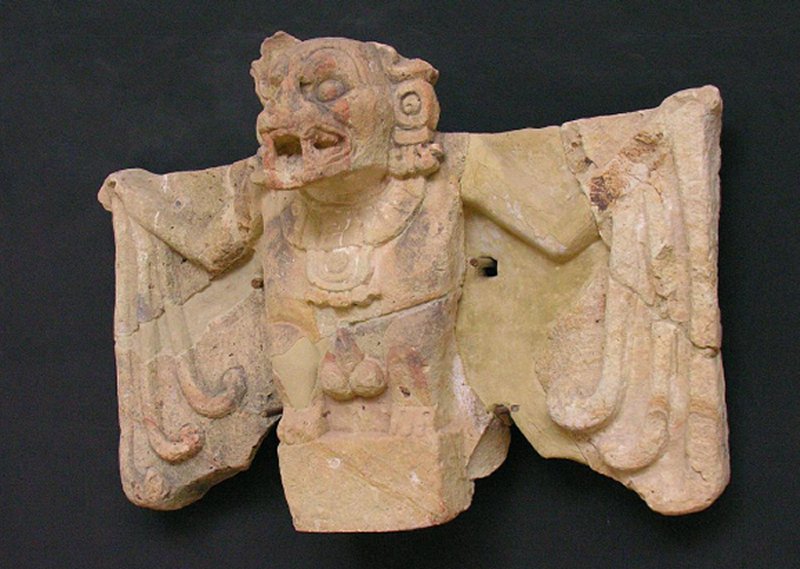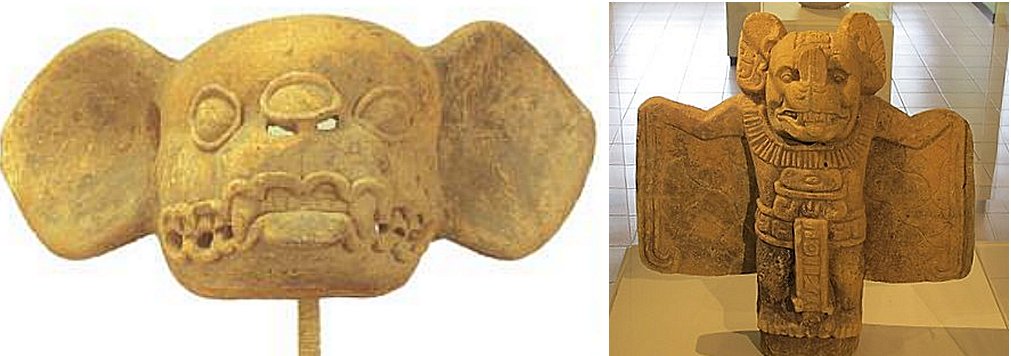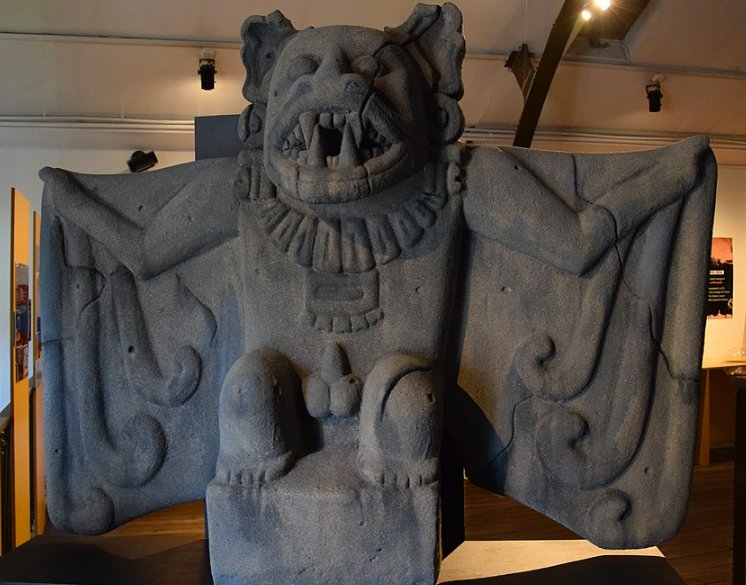Camazotz: ‘Death Bat’ Vampire God In Ancient Maya Beliefs
A. Sutherland - AncientPages.com - In ancient Maya beliefs, Camazotz (Camoazotz) was a vampire bat god. Camazotz means "death bat" in the Quiché Maya language. Chinese cultures see the bat as a good luck sign, and the Europeans fear it as evil.
Cama Zotz (Camazotz), Copán , Classic - Image credit: Dennis Jarvis - Honduras-0334 - CC BY-SA 2.0
Camazotz was often depicted holding his victim and a knife associated with night, death, and sacrifice. The Maya considered him a terrifying god who served death and ruled the domain of twilight.
He lived in bloody caves and other dark places that people tried to avoid for fear of disturbing him.
In the beginning, bats in pre-Columbian cultures were not associated with evil. They were believed to be powerful creatures, spirits, and even gods. For example, in the Tajin pre-Columbian stone sculptures of Veracruz, vampire bats are depicted as gods and are also mentioned in epic myths and the book of creation, "Popol Vuh."
Left: Mayan Bat Effigy; Right: Pre-Columbian Maya bat god sculpture in Museo Popol Vuh in Guatemala City. Image credit: Tracy Barnett - CC BY-SA 2.0
In one story, Camazotz, a "death bat," takes the head of one of the twin heroes, who entered his underworld domain, and this head is later used in the ritual ball game.
In most pre-Columbian codices, such as Codex Borgia, bats (having human form or personality) are depicted as involved in human sacrifice.
Among many beliefs of the Tzotzil Maya, an indigenous Maya people of the central Chiapas highlands in southern Mexico, there was one especially important because it explained the origin of these people. These Maya used to call themselves "Zotzil uinic," (batmen).
Their origin story claims that their ancestors had once discovered a stone bat and considered it their god.
Statue of the God Camazotz. Image credit: Chatsam - CC BY-SA 3.0
Mayans of Central America believed the bat was the guardian of the Underworld and a powerful force against enemies.
According to one myth, the Hero Twins were skillful ballplayers. One day the lords of Xibalba, the Maya death gods who ruled the Underworld in Quiche Maya mythology, organized a contest in the Underworld. They summoned all the best ballplayers, and the Hero Twins saw this as an excellent opportunity to avenge their father's death.
They successfully went through all the tests they were given. They survived in the House of Cold, escaped from the House of Jaguars, and passed unharmed through the House of Fire.
Their problem appeared in the House of Bats when one bat cut off the Hero Twin's head. The lords of Xibalba took the head to the ball court as a trophy, but the other twin luckily returned to rescue his brother's head.
Written by – A. Sutherland - AncientPages.com Senior Staff Writer
Updated on October 17, 2022
Copyright © AncientPages.com All rights reserved. This material may not be published, broadcast, rewritten or redistributed in whole or part without the express written permission of AncientPages.com
Expand for referencesReferences:
Read K. A. Mesoamerican Mythology A Guide to the Gods, Heroes, Rituals
Fischer-Hornung D. Mueller M. Vampires and Zombies: Transcultural Migrations and Transnational Interpretations
More From Ancient Pages
-
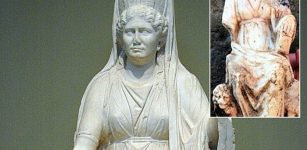 Marble 2th Century AD Statuette Of Goddess Cybele Unearthed In Bulgaria’s Plovdiv
Archaeology | Nov 5, 2019
Marble 2th Century AD Statuette Of Goddess Cybele Unearthed In Bulgaria’s Plovdiv
Archaeology | Nov 5, 2019 -
 Secret Ancient Knowledge Of Portals Leading To Unknown Realms – Mysteries Of The Past And Present – Part 2
Featured Stories | Dec 7, 2021
Secret Ancient Knowledge Of Portals Leading To Unknown Realms – Mysteries Of The Past And Present – Part 2
Featured Stories | Dec 7, 2021 -
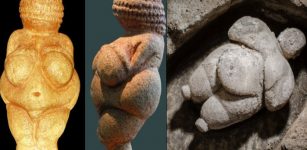 ‘Venus of Willendorf’: New Theory On ‘Venus’ Figurines – Proposed
Artifacts | Dec 1, 2020
‘Venus of Willendorf’: New Theory On ‘Venus’ Figurines – Proposed
Artifacts | Dec 1, 2020 -
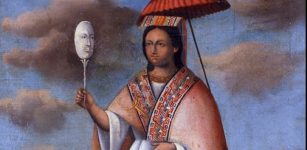 Queen Mama Ocllo: Legendary Wife Of Sapa Inca Manco Capac In Beliefs Of Andean People
Featured Stories | May 6, 2020
Queen Mama Ocllo: Legendary Wife Of Sapa Inca Manco Capac In Beliefs Of Andean People
Featured Stories | May 6, 2020 -
 Mountain Meadows Massacre: Real Burial Sites Are Far From The LDS Monument’s Location
News | Sep 21, 2015
Mountain Meadows Massacre: Real Burial Sites Are Far From The LDS Monument’s Location
News | Sep 21, 2015 -
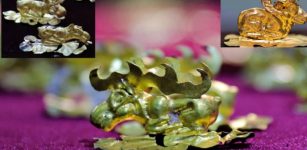 Gold Dated To Scythian-Saka Era Unearthed In Valley Of The Kings In East Kazakhstan
Archaeology | Sep 14, 2020
Gold Dated To Scythian-Saka Era Unearthed In Valley Of The Kings In East Kazakhstan
Archaeology | Sep 14, 2020 -
 Forgotten And Overgrown Step Pyramid Of Koh Ker – Ancient Memory Of The Khmer Empire
Featured Stories | Apr 19, 2017
Forgotten And Overgrown Step Pyramid Of Koh Ker – Ancient Memory Of The Khmer Empire
Featured Stories | Apr 19, 2017 -
 Advanced Method That Can Solve Puzzle Of Rock Engravings Studied In Timna Park
Archaeology | Jul 13, 2024
Advanced Method That Can Solve Puzzle Of Rock Engravings Studied In Timna Park
Archaeology | Jul 13, 2024 -
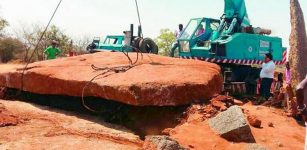 Largest Capstone Ever Found In South India
Archaeology | Mar 24, 2017
Largest Capstone Ever Found In South India
Archaeology | Mar 24, 2017 -
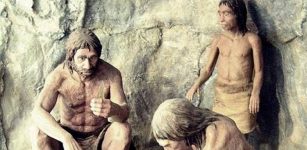 Modern Humans Used Favorable Climatic Conditions On Their Long Way From Africa To Europe
Archaeology | Oct 20, 2020
Modern Humans Used Favorable Climatic Conditions On Their Long Way From Africa To Europe
Archaeology | Oct 20, 2020 -
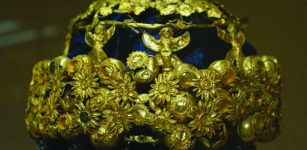 Long-Lost Mesopotamian Queen Hama Discovered By Student Just By Reading Books
Archaeology | Feb 14, 2019
Long-Lost Mesopotamian Queen Hama Discovered By Student Just By Reading Books
Archaeology | Feb 14, 2019 -
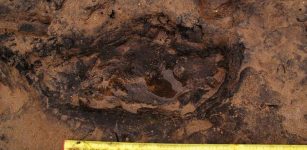 Rare Ancient Human Footprints Found On Gower Peninsula, Wales Are 7,000 Years Old
Archaeology | Mar 8, 2017
Rare Ancient Human Footprints Found On Gower Peninsula, Wales Are 7,000 Years Old
Archaeology | Mar 8, 2017 -
 Unusual Discovery Of A Viking Age Phallic Stone In Tystberga, Sweden
Archaeology | Jun 12, 2023
Unusual Discovery Of A Viking Age Phallic Stone In Tystberga, Sweden
Archaeology | Jun 12, 2023 -
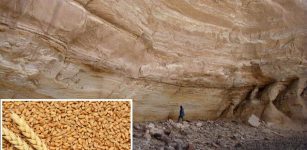 10,000-Year-Old Seeds Offer First Evidence Of Farming In A Green Sahara
Archaeology | Mar 19, 2018
10,000-Year-Old Seeds Offer First Evidence Of Farming In A Green Sahara
Archaeology | Mar 19, 2018 -
 Tuonela – The Land Of The Dead In Beliefs Of Ancient Finnish People
Featured Stories | Nov 9, 2021
Tuonela – The Land Of The Dead In Beliefs Of Ancient Finnish People
Featured Stories | Nov 9, 2021 -
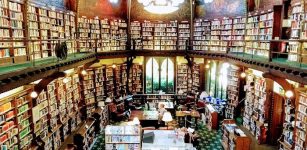 The Four Bases Of Anti-Science Beliefs – What Can Be Done About Them?
News | Jul 14, 2022
The Four Bases Of Anti-Science Beliefs – What Can Be Done About Them?
News | Jul 14, 2022 -
 Rediscovery Of Lost Tombs And Quarries On A British Military Base In Cyprus
Archaeology | Mar 7, 2024
Rediscovery Of Lost Tombs And Quarries On A British Military Base In Cyprus
Archaeology | Mar 7, 2024 -
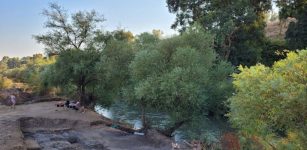 How Climate Change Contruibuted To The Transition From Nomadic Hunter-Gatherers To Settlement And Farming Societies
Archaeology | Nov 27, 2021
How Climate Change Contruibuted To The Transition From Nomadic Hunter-Gatherers To Settlement And Farming Societies
Archaeology | Nov 27, 2021 -
 Historical Document Confirms Martyrdom Of Japanese Christian Retainers 400 Years Ago
News | Feb 26, 2021
Historical Document Confirms Martyrdom Of Japanese Christian Retainers 400 Years Ago
News | Feb 26, 2021 -
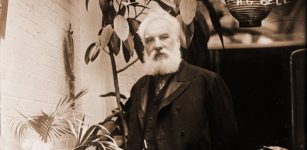 On This Day In History: Eminent Scottish Inventor Graham Bell Born – On Mar 3, 1847
News | Mar 3, 2017
On This Day In History: Eminent Scottish Inventor Graham Bell Born – On Mar 3, 1847
News | Mar 3, 2017

